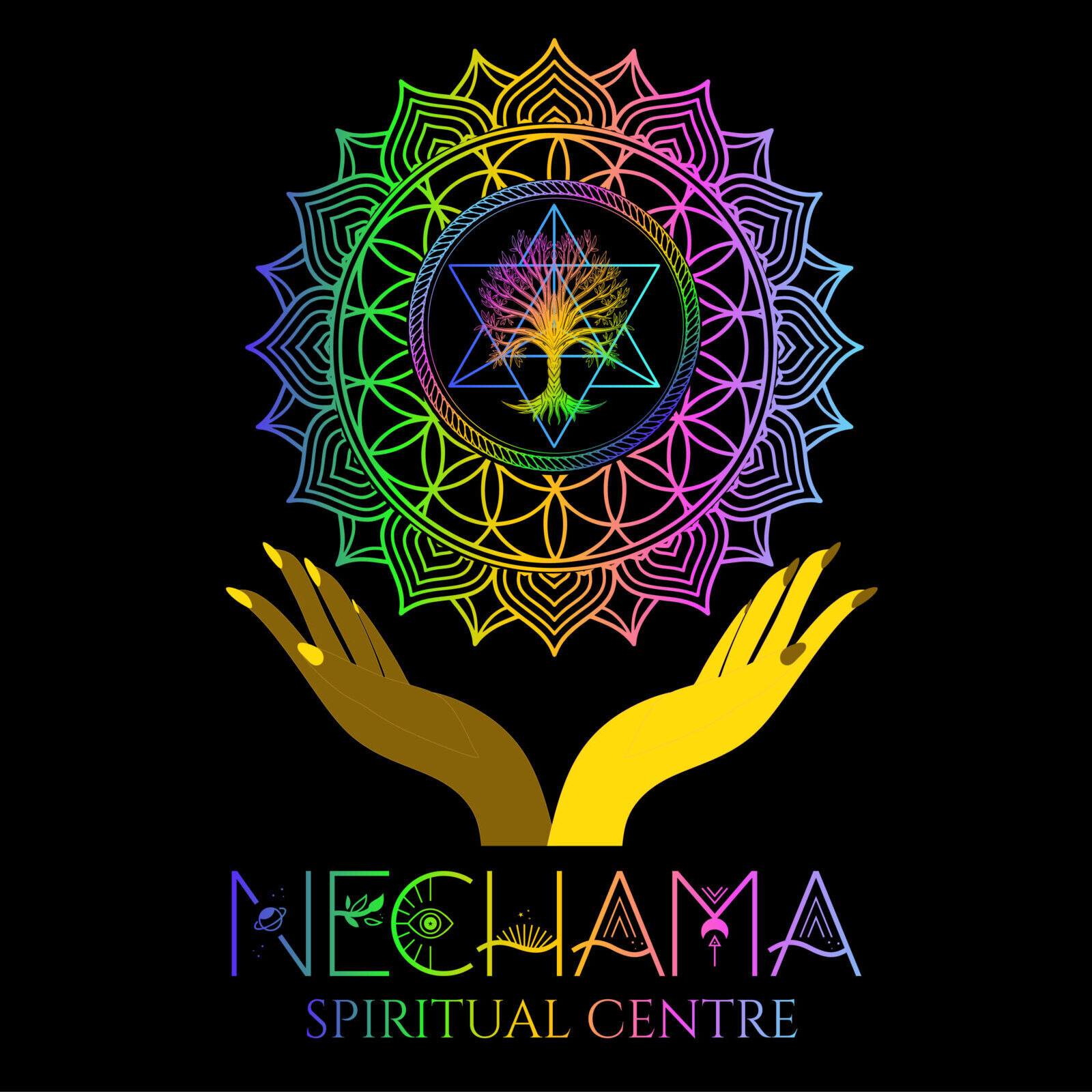The Illusion of Separation and the Journey to the True Self
In many spiritual traditions, the illusion of separation is considered the root of human suffering. It is the false belief that we are separate from one another, from nature, and ultimately from the Divine or universal consciousness. This illusion is fueled by our identification with the ego—the constructed self, which is shaped by external experiences, desires, and societal conditioning. However, beneath this façade lies the True Self, the unchanging, eternal essence that is inextricably connected with all of existence.
The Illusion of Separation
The idea that we are distinct, individual entities living in isolation from the rest of creation is a deeply ingrained perception. It manifests in our daily lives as a sense of disconnection—between ourselves and others, and between our spiritual essence and the material world. The Bhagavad Gita highlights this in Chapter 2, Verse 13, where the body is seen as temporary, but the soul is eternal. Our identification with the physical body and material existence blinds us to the deeper truth that we are not this body, but an immortal soul passing through life’s stages.
This illusion is perpetuated by the mind, as explained by Eckhart Tolle in The Power of Now, where he notes that compulsive thinking blocks us from accessing the stillness within, which is inseparable from our true being. Our minds create a constant stream of thoughts, opinions, and judgments, which reinforce the ego’s dominance. This mental noise drowns out the silent wisdom of the True Self, keeping us trapped in the illusion of separation.
Awakening to the True Self
The journey toward awakening is about dissolving this illusion and recognizing that our true nature is not limited to the ego, but is one with the infinite, unchanging source of all life. The Chandogya Upanishad encapsulates this profound insight with the phrase “Tat Tvam Asi”—”Thou art That.” This statement affirms that the individual soul (Atman) is not different from the universal soul (Brahman). The boundary between the self and the universe is artificial; the two are ultimately one.
In The Perennial Philosophy, Aldous Huxley emphasizes this same truth, stating, “Atman is Brahman.” The true self, he explains, is not separate from the transcendent Spirit. Awakening is not about discovering something new, but remembering the deep connection we’ve always had with the Divine. This insight brings a sense of peace, unity, and freedom, as the illusion of separation fades away.
The Ego and the Masks We Wear
Our attachment to the egoic self is the greatest barrier to recognizing our true nature. The ego is a construct, a collection of identities, roles, and beliefs we accumulate throughout life. It is formed by external factors—our culture, family, personal experiences—and feeds on the belief that we are separate from others and from the world around us. The ego seeks validation, power, and control, reinforcing the illusion of separation by creating distinctions between “me” and “you,” “mine” and “yours.”
As Alan Watts explains in The Book: On the Taboo Against Knowing Who You Are, we are not separate entities who come into the world but are expressions of the universe itself, much like a wave is not separate from the ocean. The wave may appear as a distinct form, but it is made of the same water and is inseparable from the ocean. Likewise, we are not separate from the cosmos, but unique expressions of the infinite whole.
When we awaken to this understanding, the ego’s grip loosens. The Bible offers a metaphor for this process in Galatians 2:20: “I no longer live, but Christ lives in me.” This represents the crucifixion of the ego, and the resurrection of the true self, which is in union with the Divine. The self-centered life is replaced by one of communion with God, where the ego is no longer the dominant force but is subsumed by a deeper, spiritual identity.
Union with the Divine
As the illusion of separation fades, we realize that the essence of who we are is not limited to our individual experiences, desires, or fears. The True Self is eternal, unchanging, and one with the Divine. In the Tao Te Ching, Lao Tzu describes the process of returning to this source: “Empty yourself of everything. Let the mind rest at peace. The ten thousand things rise and fall while the Self watches their return.” This passage reflects the cyclical nature of life and death, growth and decay, and reminds us that beneath the changes of the physical world lies a still, eternal essence—the True Self.
This stillness is the essence of awakening. It is not something to be attained, but something to be uncovered. The Qur’an in Surah 50:16 beautifully expresses this closeness: “We are closer to him than [his] jugular vein.” The Divine is not distant, but intimately intertwined with our being, awaiting our recognition. The separation we feel is an illusion, and the moment we see through it, we realize that the Divine has always been within us.
Moving Beyond the Illusion
Recognizing the illusion of separation is the first step on the path to self-realization. As Rumi so eloquently says, “You are not a drop in the ocean. You are the entire ocean in a drop.” This profound wisdom shatters the idea that we are small, insignificant, and alone. It invites us to see ourselves as part of the vast, interconnected web of existence, where the Divine expresses itself through every form, including us.
The journey to discovering the True Self is one of shedding the layers of ego, fear, and false identification. It is a process of awakening to the reality that we are not separate, but one with all of creation. In this realization lies freedom from suffering, a return to our natural state of unity, peace, and unconditional love. The illusion dissolves, and we stand in the light of our true, divine essence—whole, complete, and infinite.

